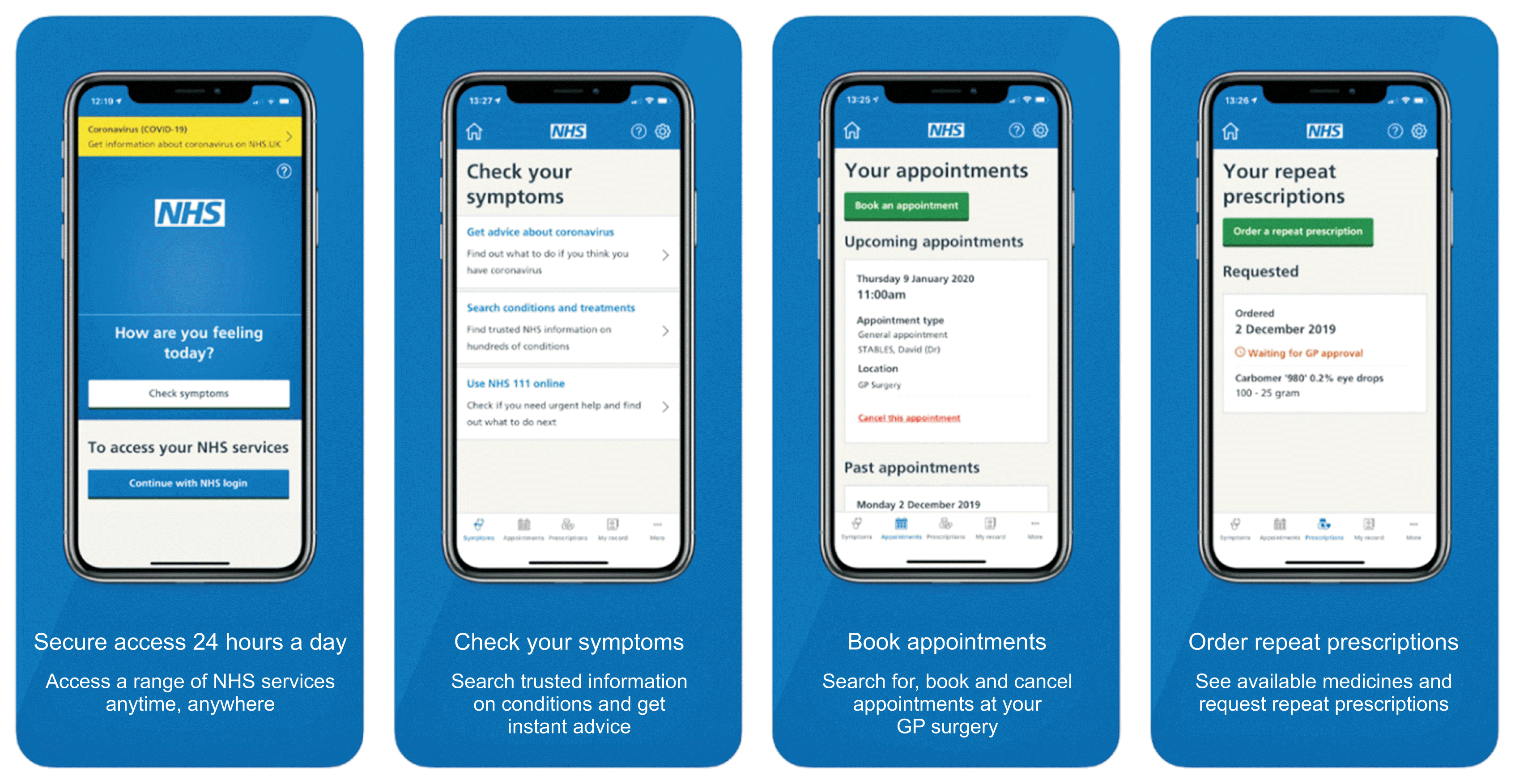I. Introduction
II. Methods
III. Results
1. Concept and Significance of PHRs
Table 1
2. Systemic Evaluations of PHRs
1) EU
2) OECD
Table 2
| Country | Patient portal/PHR | Special features | Website/App store link |
|---|---|---|---|
| Austria | ELGA Patient’s portal | National EHR (2015), discharge letters, lab and radiology findings, medication information | https://www.gesundheit.gv.at |
| Australia | My Health Record | PCEHR, third-party mobile apps, website-only access, organ donor information | https://www.myhealthrecord.gov.au/ |
| Canada | MyHealthNS | State government service, mobile app, service terminated due to payment issues | https://www.myhealthns.ca (service terminated on March 31, 2020) |
| Denmark | sundhed.dk | Patient-reported outcome measures (PROM), health declaration forms | https://www.sundhed.dk |
| Estonia | e-Patient portal | Health certification request, default parent’s access to records of patients under age 18 | https://www.digilugu.ee/ |
| Finland | My Kanta | Nursing notes, maternity care data, community care notes | https://www.kanta.fi/ |
| Luxemburg | Dossier de soins partagé | DSP (shared care record) | https://www.esante.lu/portal/ |
| Norway | Helsenorge | Health declaration forms | https://www.helsenorge.no/ |
| Portugal | SNS Portal | Digital mobile key, patient-generated health data, mobile app | https://servicos.min-saude.pt/ |
| Sweden | Journalen | Integration with different electronic record systems | https://www.1177.se/ |
| United Kingdom (England and Wales) | NHS App | Clinical trials, mobile app, organ donor information |
iOS: https://apps.apple.com/gb/app/nhs-app/id1388411277#?platform=iphone Android: https://play.google.com/store/apps/details?id=com.nhs.online.nhsonline&hl=en |
3) Status of national-level application of patient portals and PHRs
(1) Australia, My Health Record
(2) United Kingdom, The NHS App
 | Figure 1Screenshots of the NHS App of the United Kingdom (England). These screenshots shown in the Apple App Store explain that patients can input their symptoms, make outpatient appointments, and renew prescriptions (https://apps.apple.com/gb/app/nhs-app/id1388411277#?platform=iphone). |




 PDF
PDF Citation
Citation Print
Print



 XML Download
XML Download